 Commodity and precious metal prices tumbled this week, with gold and silver prices snapping a streak of four consecutive weekly increases. Following the recent run up in prices, there had been some anticipation of a correction. In addition, there were concerns that the Fed’s announcement of the end of QE2 would result in an end to the flood of cheap money which has fueled the rise of commodities.
Commodity and precious metal prices tumbled this week, with gold and silver prices snapping a streak of four consecutive weekly increases. Following the recent run up in prices, there had been some anticipation of a correction. In addition, there were concerns that the Fed’s announcement of the end of QE2 would result in an end to the flood of cheap money which has fueled the rise of commodities.
In the precious metals group, silver was the biggest loser with a drop of almost 30% from last Thursday’s closing London PM Fix Price. (The London markets were closed on Friday, April 28th.) The losses in silver far outpaced the declines in other precious metals and many place the blame squarely on the rapid fire multiple margin increases by the COMEX for trading silver futures (See How The COMEX Crashed The Silver Market).
Gold, platinum and palladium also had a tough week with respective price declines of 3.19%, 2.51% and 7.21%.
| Precious Metals Prices | ||
| PM Fix | Since Last Recap | |
| Gold | $1,486.50 | -49.00 (-3.19%) |
| Silver | $34.20 | -14.50(-29.77%) |
| Platinum | $1,789.00 | -46.00 (-2.51%) |
| Palladium | $721.00 | -56.00 (-7.21%) |
Precious metals have had previous serious declines without affecting the long term upward move in prices (see Measuring Declines From The High For Gold and Silver). Overextended markets will correct but the fundamental forces pushing precious metal prices higher have not changed. While dollars and other paper currencies can be produced in infinite quantity, the supply of gold, silver and commodities are finite.
Despite the Fed’s promise to stop printing money and its pledge of supporting a “strong dollar”, the dollar has had only a feeble recovery and is close to its all time lows. The markets clearly have no confidence in Chairman Bernanke’s words and the weak dollar proves it. Every bull market experiences temporary pullbacks and the precious metals are no exception. Long term investors should view the latest price consolidation as another potential opportunity to increase positions.
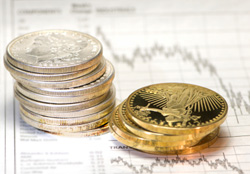 The prices of gold and silver had each risen to fresh all time highs, just before the severe declines experienced over the past few days.
The prices of gold and silver had each risen to fresh all time highs, just before the severe declines experienced over the past few days.
 As predicted on Monday, the Federal Reserve policy meeting and subsequent press conference by Fed Chief Ben Bernanke had the potential to cause an explosive move up in the precious metal markets. (see
As predicted on Monday, the Federal Reserve policy meeting and subsequent press conference by Fed Chief Ben Bernanke had the potential to cause an explosive move up in the precious metal markets. (see  As government spending spirals out of control and the Federal Reserve perpetuates a deliberate strategy of currency debasement, precious metals prices continued to soar. Gold, as measured by the London PM Fix Price, closed at $1504.00, up $27.25 on a shortened four day trading week .
As government spending spirals out of control and the Federal Reserve perpetuates a deliberate strategy of currency debasement, precious metals prices continued to soar. Gold, as measured by the London PM Fix Price, closed at $1504.00, up $27.25 on a shortened four day trading week .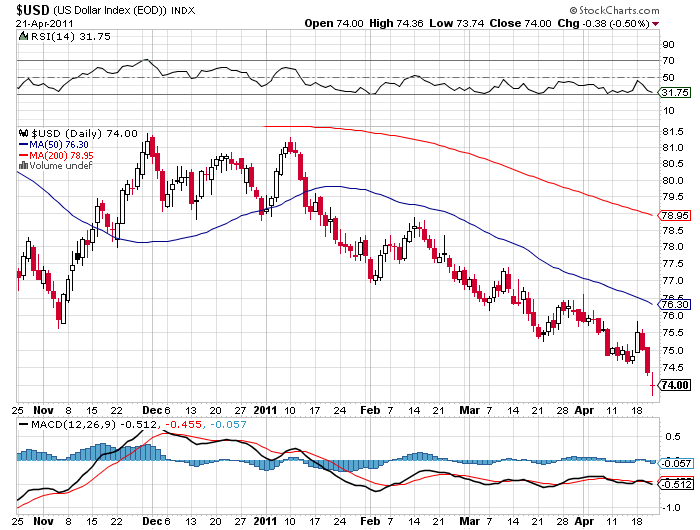
 Silver was again the star performer in the precious metals group, hitting a new yearly high of $42.61. For the second week in a row, silver has added over $2 per ounce as measured by London PM Fix Price. After soaring $2.59 in the previous week, silver capped another standout week with a gain of $2.39.
Silver was again the star performer in the precious metals group, hitting a new yearly high of $42.61. For the second week in a row, silver has added over $2 per ounce as measured by London PM Fix Price. After soaring $2.59 in the previous week, silver capped another standout week with a gain of $2.39. A broad sell off in commodity prices triggered by a Goldman Sachs prediction of a “substantial pullback” in oil prices had little impact on the strong uptrend in gold and silver prices. Based on the London closing PM Fix Price, gold ended Tuesday off only $19 or 1.3% from Friday’s all time close. Silver, meanwhile, the absolute star of the precious metals group, closed Tuesday at $40.44, up 22 cents from Friday’s 31 year closing high. After the recent huge run up in both gold and silver prices, the very modest price declines suggests that the bulls are on the right side of the trade.
A broad sell off in commodity prices triggered by a Goldman Sachs prediction of a “substantial pullback” in oil prices had little impact on the strong uptrend in gold and silver prices. Based on the London closing PM Fix Price, gold ended Tuesday off only $19 or 1.3% from Friday’s all time close. Silver, meanwhile, the absolute star of the precious metals group, closed Tuesday at $40.44, up 22 cents from Friday’s 31 year closing high. After the recent huge run up in both gold and silver prices, the very modest price declines suggests that the bulls are on the right side of the trade.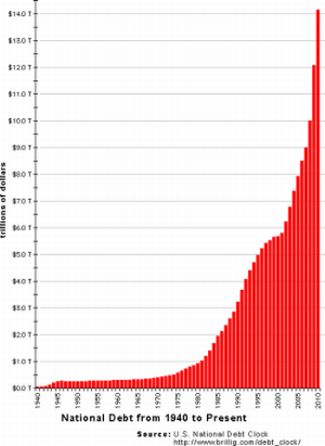
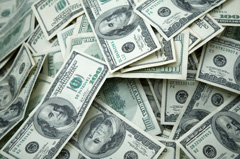 Anything but paper dollars was the theme this week as investors rushed into anything of tangible value. Gold, silver, oil and commodities of all types have been skyrocketing since last August when the Federal Reserve announced its second round of quantitative easing.
Anything but paper dollars was the theme this week as investors rushed into anything of tangible value. Gold, silver, oil and commodities of all types have been skyrocketing since last August when the Federal Reserve announced its second round of quantitative easing.
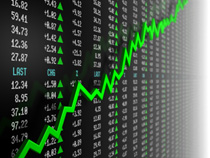 Gold soared to new all time highs in Asian markets and silver pierced the $40 per ounce level as new demand continues to drive precious metal prices higher.
Gold soared to new all time highs in Asian markets and silver pierced the $40 per ounce level as new demand continues to drive precious metal prices higher.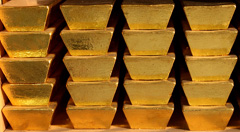 Gold and silver prices rose to new highs today on continuing concerns over a weak U.S. dollar, the European debt crisis, growing conflicts in the MidEast and escalating doubts over the ability of the United States to avoid a debt crisis. The ongoing budget charade in Washington makes it perfectly clear that neither political party has the desire or ability to seriously address the exploding level of U.S. debt.
Gold and silver prices rose to new highs today on continuing concerns over a weak U.S. dollar, the European debt crisis, growing conflicts in the MidEast and escalating doubts over the ability of the United States to avoid a debt crisis. The ongoing budget charade in Washington makes it perfectly clear that neither political party has the desire or ability to seriously address the exploding level of U.S. debt.